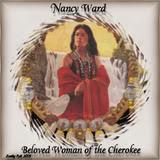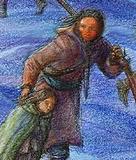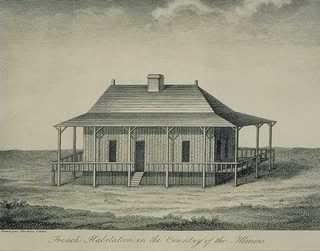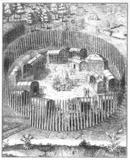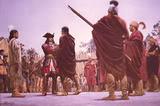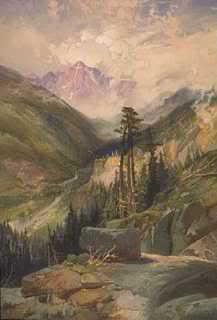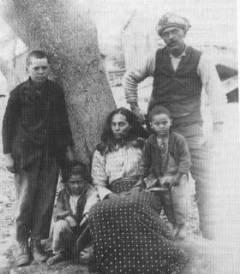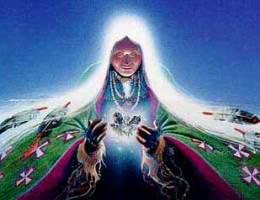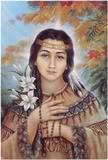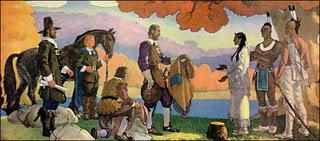Nanyehi / Nancy Ward: Cherokee Woman From the English rendition of Nanyehi, One Who Goes About, named for the mythological Spirit People, Nanyehi was a major Cherokee figure of the Southern frontier who became an almost legendary person due largely to her queenly manner and resolute personality. In her youth, Nanyehi had the nickname Tsistunagiska, Wild Rose, from the delicate texture of her skin which was likened to rose petals. Nanyehi (nan yay hee) was born into a powerful family of the Wolf clan about 1738 at Chota, near Fort Loudon in eastern Tennessee. Her father was Fivekiller, a Cherokee-Delaware man, and her mother was Tame Deer, the sister of Chief Attakullakulla. Nanyehi’s childhood was one of constant terror, as…
